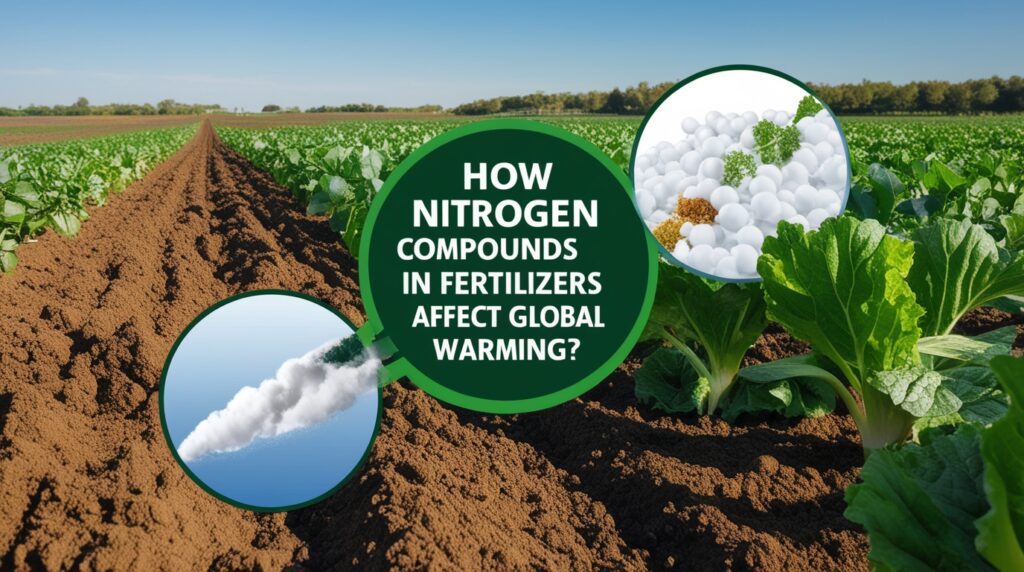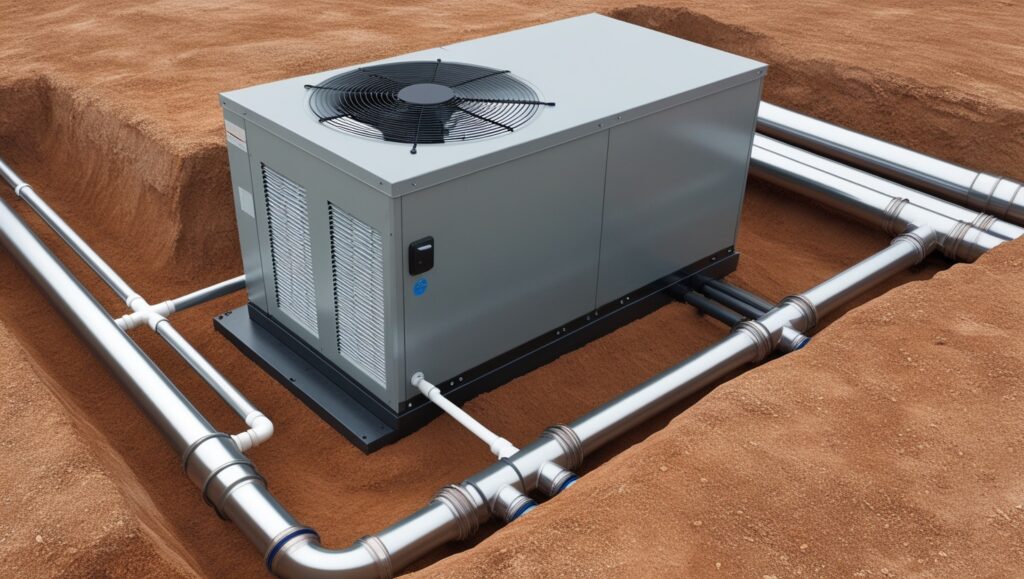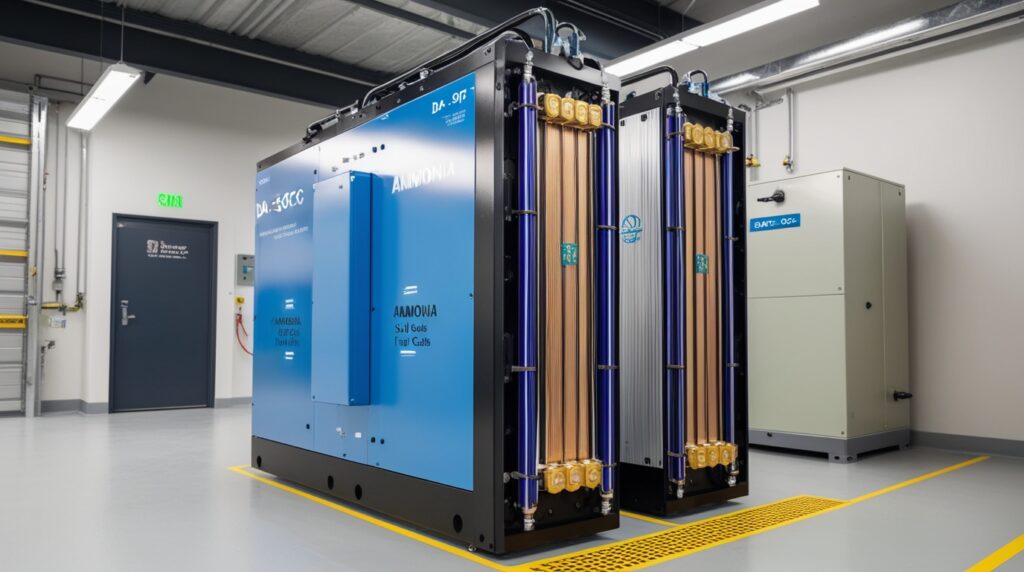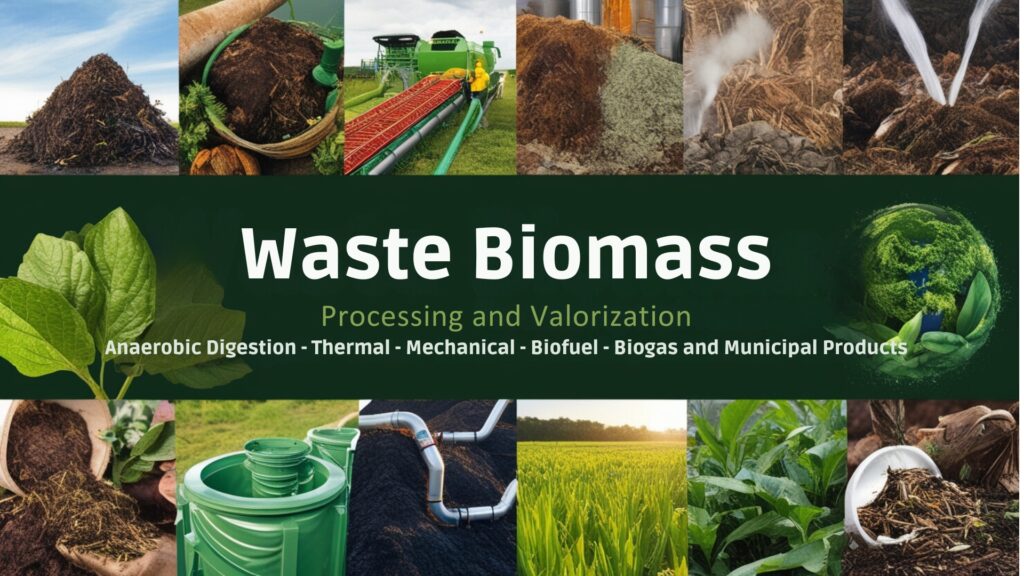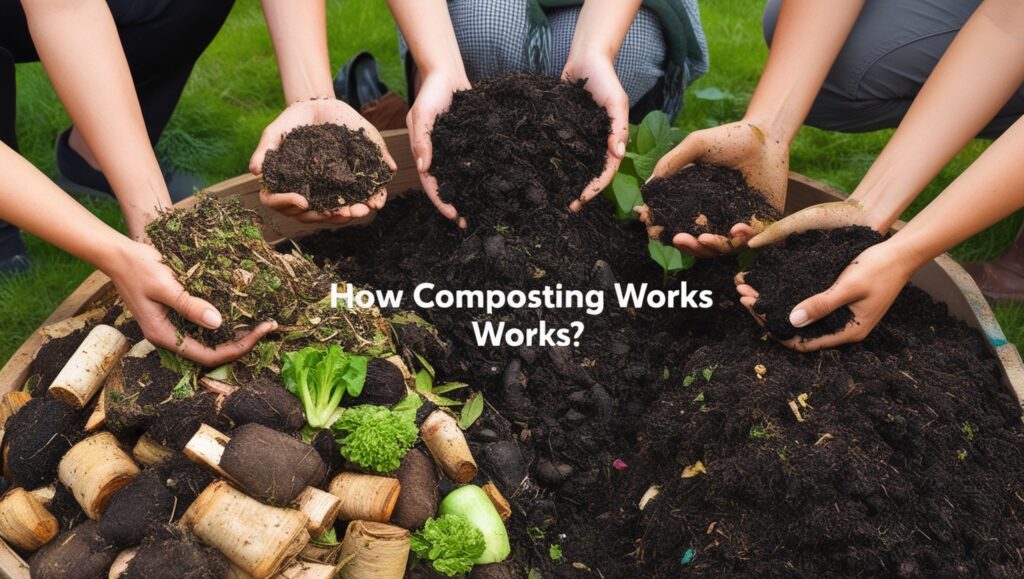
Introduction
How Composting Works is a process that transforms organic waste into nutrient-rich compost through biological decomposition, benefiting both the environment and agriculture. Composting plays a crucial role in sustainable waste management, as it diverts a significant portion of organic material from landfills, where it would otherwise contribute to methane emissions—an influential greenhouse gas. The practice also enhances soil health by improving structure, water retention, and microbial activity, ultimately supporting biodiversity and resilience in ecosystems. There are several composting methods, each suited to different environments and needs.
The primary types include aerobic composting, which requires oxygen and is often quicker due to higher temperatures, and anaerobic composting, which occurs without oxygen and can generate biogas. Additionally, vermicomposting employs worms to facilitate decomposition in smaller spaces. These methods allow for flexibility in composting practices, catering to urban dwellers, gardeners, and large-scale agricultural facilities alike. Despite its advantages, composting presents challenges, such as odor management, pest attraction, and space limitations, particularly in urban areas.
Innovative solutions, including container composting and advanced techniques like bokashi and dynamic composting, have emerged to address these issues while maximizing the benefits of composting. Controversies surrounding composting often focus on regulatory restrictions and the types of materials suitable for composting, making it essential for practitioners to be informed and adaptable. Overall, composting stands as a significant practice in promoting environmental sustainability, enhancing agricultural productivity, and fostering community engagement in ecological conservation efforts. Its versatility and benefits make it an essential component of modern waste management strategies.
Types of Composting
Composting can be categorized into various methods, each with its own processes and advantages. The primary types include aerobic composting, anaerobic composting, and vermicomposting, along with several sub-methods.
Aerobic Composting
Aerobic composting is the decomposition of organic materials through the action of microorganisms that require oxygen. This method is suitable for a wide range of organic waste, including nitrogen-rich materials. It involves maintaining proper aeration, moisture, and temperature, which are critical for effective decomposition. The process typically generates heat, potentially reaching up to 160°F, which helps to kill pathogens and weed seeds present in the compost pile. Regular turning of the compost pile, ideally every few days, promotes good air circulation and encourages aerobic activity.
Hot Composting
Hot composting is a specific type of aerobic composting that creates ideal conditions for microbial activity. The balance of carbon-rich “browns” and nitrogen-rich “greens,” along with proper aeration and moisture, results in peak temperatures between 130°F and 140°F. This high temperature enhances the decomposition process and reduces odors. Hot composting typically results in nutrient-rich humus within a shorter timeframe than other methods, while also effectively destroying harmful pathogens and seeds.
Cold Composting
Cold composting is a more passive approach that requires minimal intervention. Organic waste is added to a designated area or bin, allowing decomposition to occur naturally over time. While this method is simpler, it takes longer to yield finished compost due to a lack of active management, air, and moisture optimization.
Anaerobic Composting
Anaerobic composting involves decomposition without the presence of oxygen. This method can produce biogas, which consists mainly of methane and carbon dioxide, making it suitable for large-scale waste management systems. While anaerobic composting can retain more nitrogen than aerobic methods, it is often associated with unpleasant odors due to the byproducts of anaerobic respiration, such as hydrogen sulfide.
Vermicomposting
Vermicomposting utilizes specific species of worms, like red wigglers, to decompose organic materials within a controlled environment. This method produces vermicompost, a nutrient-rich fertilizer, through the breakdown of organic waste by worms and microorganisms. Vermicomposting is particularly suitable for smaller spaces, such as indoor setups, and has gained popularity due to its efficiency and minimal odor.
Alternative Composting Methods
In addition to the primary types of composting, several alternative methods exist, including bokashi composting and community-based composting programs. These options provide flexibility based on individual needs and available space. Understanding the various types of composting allows individuals and communities to select the method that best suits their specific requirements for waste management and soil enrichment.

The Composting Process
The composting process involves the breakdown of organic materials through biological decomposition, resulting in nutrient-rich humus. This process can vary based on the composting method employed, with primary approaches including hot composting, cold composting, and advanced techniques such as dynamic and static composting.
Composting Methods
Hot Composting
Hot composting is an aerobic process that occurs in a controlled environment, allowing for rapid decomposition of organic waste. It typically generates high temperatures that help to kill harmful pathogens and weed seeds, resulting in a quicker composting timeframe compared to cold composting. This method requires regular turning of the compost pile to maintain aeration and moisture levels, as well as an appropriate carbon-to-nitrogen (C:N) ratio to optimize the process.
Cold Composting
In contrast, cold composting is a simpler, anaerobic method that requires minimal intervention. Organic waste is added to a compost container over time, and the decomposition process occurs naturally, albeit at a slower rate. This method is less labor-intensive but takes significantly longer to produce finished compost due to its lack of external enhancements like aeration and moisture management.
Advanced Composting Techniques
The LIFE TIRSAV PLUS method employs two innovative composting systems: Static Composting (SC) and Dynamic Composting (DC). SC is characterized by a static system comprising pre-treatment, slow ripening, and refining phases. In contrast, DC is a dynamic system that features a more rapid ripening phase. Both methods involve monitoring and adjusting parameters such as moisture content and C:N ratios to ensure efficient degradation of organic materials.
Essential Steps in the Composting Process
- Choosing a Location: Selecting an appropriate site for the compost heap or bin is crucial. Ideally, this should be a well-drained area with partial shade, easily accessible yet removed from wildlife.
- Layering Materials: Composting typically begins with alternating layers of green materials (e.g., vegetable scraps) and brown materials (e.g., dried leaves). This layering mimics the “lasagna” style of building compost, ensuring a balanced input of carbon and nitrogen, which is vital for effective decomposition.
- Turning the Pile: Regularly turning the compost pile promotes aeration and moisture distribution, facilitating the breakdown process. Using tools like a shovel or pitchfork helps maintain a healthy environment for the microorganisms responsible for decomposition.
- Monitoring and Adjusting: Keeping track of moisture levels and adjusting the balance of green and brown materials is essential for successful composting. A compost thermometer can be a valuable tool for monitoring the temperature and determining when the compost is ready. By following these steps and understanding the underlying biological processes, composting can transform organic waste into a valuable resource for enriching soil and promoting sustainable urban living.
Benefits of Composting
Composting provides numerous environmental, agricultural, and personal benefits, making it a powerful tool for sustainability and ecological conservation.
Environmental Benefits
One of the primary advantages of composting is its ability to significantly reduce waste and divert organic materials from landfills. Organic waste, such as food scraps and yard trimmings, constitutes a large portion of the waste stream. When these materials decompose in landfills, they produce methane, a potent greenhouse gas that contributes to climate change. By composting, these materials are transformed into nutrient-rich compost instead of contributing to harmful emissions.
Composting also aids in carbon sequestration, capturing atmospheric carbon dioxide and helping to mitigate climate change. Healthy soils enriched with compost have a higher carbon content, which is crucial for offsetting carbon emissions and promoting climate resilience. Additionally, compost improves soil structure, enhances water retention, and fosters beneficial microbial activity, which can suppress plant diseases and reduce the need for chemical fertilizers.
Agricultural Benefits
In the context of sustainable agriculture, composting provides a natural and organic alternative to synthetic fertilizers, which can have detrimental effects on soil health and the environment. Compost supplies essential nutrients for plant growth, enhances soil microbial activity, and improves soil structure, resulting in crops that are more resilient to environmental stressors such as drought and disease. Furthermore, composting reduces the necessity for additional inputs like irrigation and pesticides, thus conserving water resources and lowering farming costs.
Biodiversity and Ecosystem Health
Composting promotes biodiversity and contributes to healthier ecosystems. By recycling organic materials instead of sending them to landfills, composting supports a nutrient cycle that nourishes various organisms, including bacteria, fungi, insects, and earthworms. These organisms help break down organic matter into compost, which in turn nourishes plants and sustains wildlife habitats. Improved soil health through composting fosters ecosystems better equipped to resist environmental stressors and support a wider range of plant and animal species, maintaining the delicate balance essential for planetary health.
Personal Benefits
On an individual level, composting can encourage a deeper connection with nature and contribute to a sense of satisfaction and well-being. By reducing waste and recycling nutrients back into the soil, individuals can participate actively in environmental conservation efforts. Moreover, using compost in home gardens can lead to healthier, more nutrient-dense fruits and vegetables, promoting better nutrition for families.
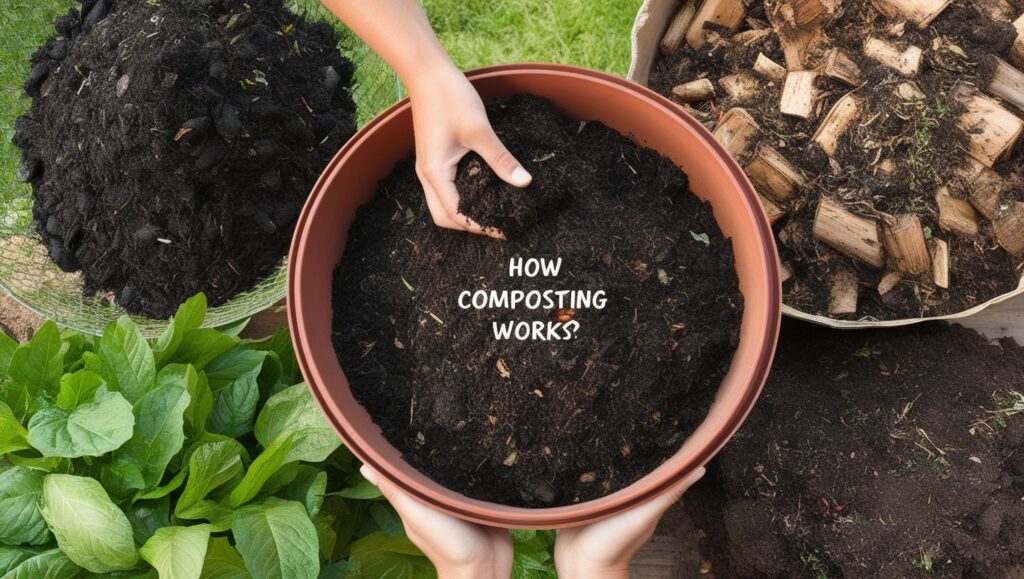
Challenges in Composting
Composting presents several challenges, especially for urban dwellers who may have limited space and resources. Understanding these difficulties is crucial for successful compost management.
Space Limitations
One of the primary challenges of composting in urban environments is the restricted space available for compost setups. Urban residents often need to be creative in finding suitable containers or bins that can fit within their limited living areas. Compact composting methods, such as vermicomposting or bokashi composting, can be particularly beneficial in these situations, allowing for effective composting even in small spaces.
Odor Management
The decomposition process can produce odors, particularly if compost is not properly managed. Inadequate aeration and improper balancing of materials can lead to unpleasant smells, which can be a significant concern for those living in close proximity to neighbors. However, techniques such as ensuring adequate aeration and layering materials can help maintain an optimal carbon-to-nitrogen ratio, making composting virtually odor-free.
Pest Control
Composting can attract pests, which poses a unique challenge, especially in urban settings where such issues can escalate quickly. Effective pest control measures are essential for maintaining a healthy compost system and protecting plants from disease. Regular monitoring and the use of natural remedies can help mitigate these problems.
Regulatory Restrictions
Urban composting is also often subject to regulations set by homeowners’ associations (HOAs) or local governments. These restrictions can limit the types of composting methods that are permissible or impose guidelines that must be followed, which can complicate the composting process for residents.
Material Restrictions
Certain materials should never be included in compost piles, such as meat, dairy, and non-herbivore animal waste, as they can attract pests and produce foul odors. It is important to be aware of what can and cannot be composted to avoid these issues and ensure a healthy compost environment. By acknowledging and addressing these challenges, urban residents can successfully implement composting practices that contribute to waste reduction and environmental sustainability.
Composting in Different Settings
Composting can be successfully adapted to various environments, whether in urban apartments, suburban backyards, or large-scale agricultural facilities. Understanding the unique needs and limitations of each setting is crucial for effective compost management.
Urban Composting
In urban areas, space is often limited, making traditional composting methods challenging. However, innovative solutions like composting in containers, utilizing balcony corners, rooftops, or even indoor spaces with proper ventilation, can facilitate composting in compact environments. Additionally, odor control is a significant concern in densely populated areas. To manage odors effectively, it is essential to employ proper layering techniques with a balanced mix of “greens” (nitrogen-rich materials) and “browns” (carbon-rich materials). Covering food scraps with dry materials like leaves or straw can help minimize unpleasant smells and maintain moisture levels.
Alternative Composting Methods
For those with limited outdoor space, alternative composting methods can be employed. Worm composting, also known as vermicomposting, is an effective way to recycle kitchen scraps and organic waste in smaller environments. Other methods such as bokashi composting and community-based composting programs offer flexible solutions that cater to different needs and available space.
Cold and Hot Composting
The method chosen for composting can vary significantly based on available space and desired outcomes. Cold composting, which requires minimal intervention, involves simply adding organic waste to a designated area and allowing it to decompose naturally over time. Conversely, hot composting, which involves a more labor-intensive process of managing temperature and aeration, typically results in a faster composting cycle and more nutrient-rich end product.
Large-Scale Composting
For commercial and industrial applications, large-scale composting facilities utilize advanced techniques to process significant volumes of organic waste. Methods such as windrow composting and in-vessel composting are common in these settings. Windrow composting involves forming long rows of organic materials that are periodically turned for aeration, while in-vessel composting uses enclosed systems to mix and aerate materials efficiently. These facilities often serve residential, commercial, and institutional sectors, effectively diverting organic waste from landfills.
